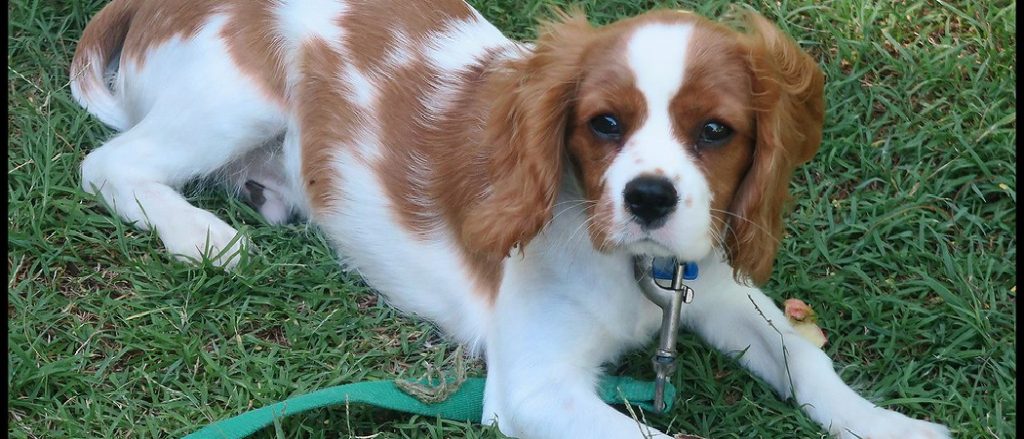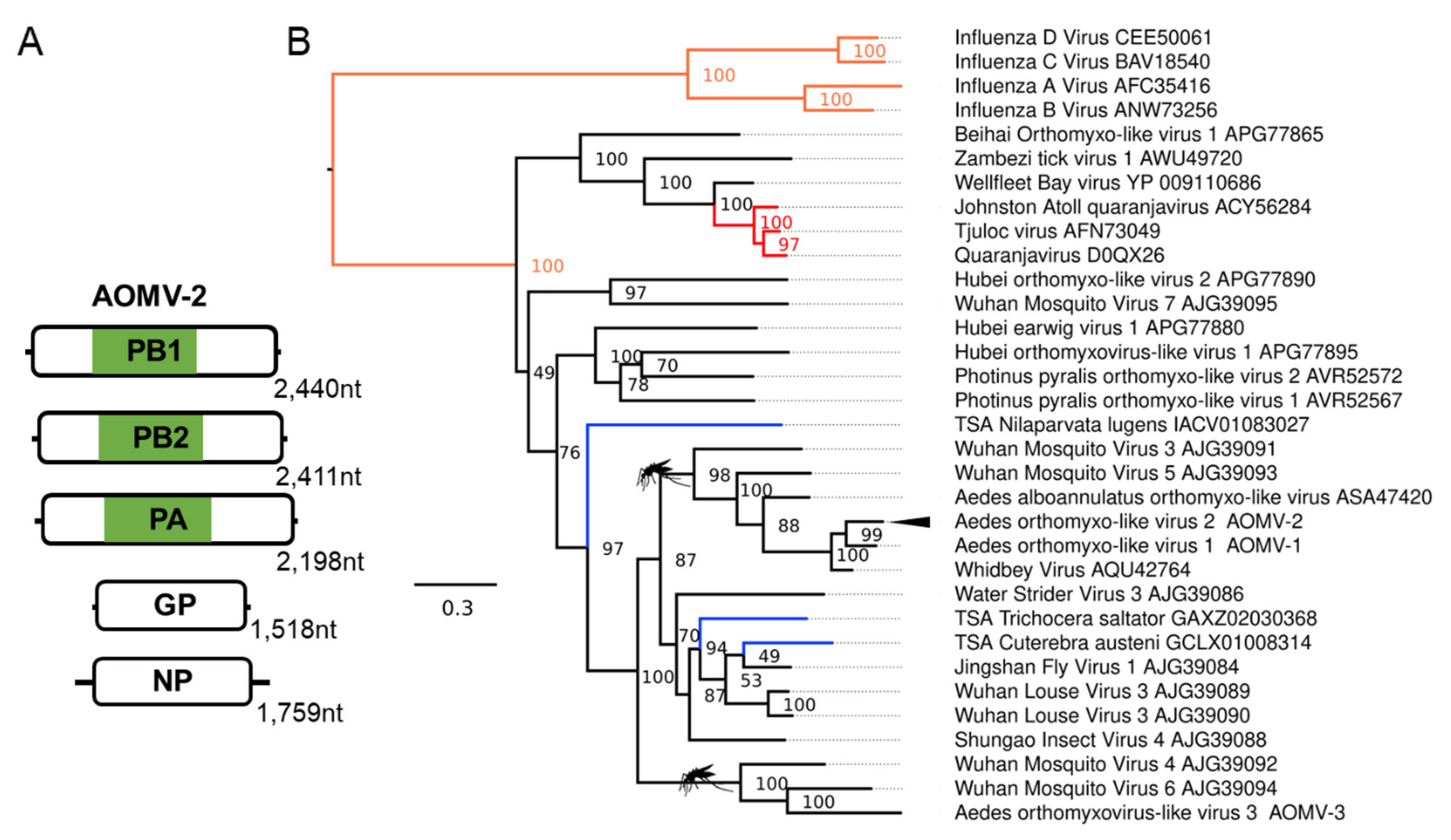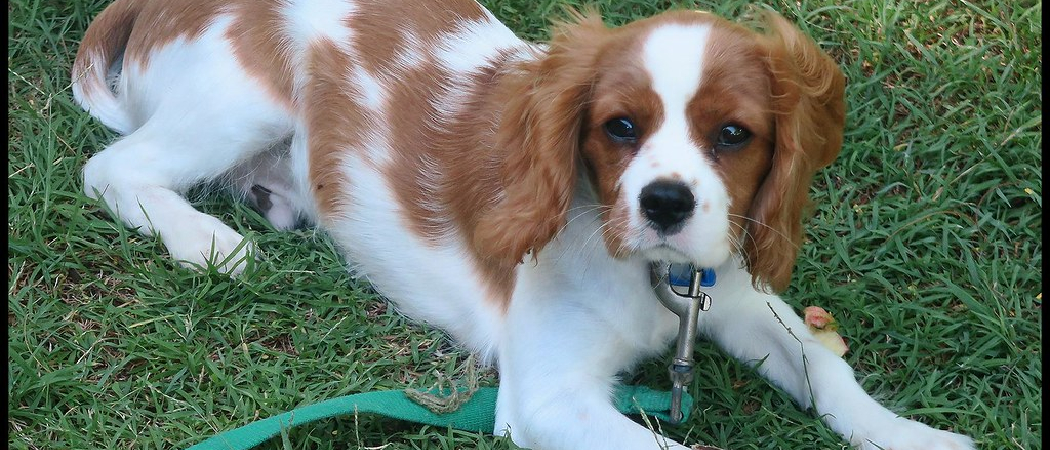Parvo can remain in the ground for up to a year. Parvo, also known as canine parvovirus, is a highly contagious viral disease that affects dogs.

It can be transmitted through direct contact with an infected dog or by contact with contaminated feces, urine, or surfaces. The virus is incredibly resilient and can survive in the environment for an extended period. In fact, it can persist in the ground for up to a year, posing a significant risk to other dogs.
This means that even after the infected dog has recovered or been removed, the virus may still be present in the environment and can infect susceptible dogs. Knowing how long parvo can survive in the ground is crucial for preventing its spread and ensuring the safety of other animals.
Understanding Parvo
Parvo can remain in the ground for up to one year, making it crucial to understand its longevity. Knowing how long Parvo stays in the ground helps in preventing the spread of the virus and protecting your pets from potential exposure.
What Is Parvo?
Parvo, short for parvovirus, is a highly contagious viral disease that mainly affects dogs, particularly puppies. It is caused by the canine parvovirus, which can survive in the environment for an extended period of time, posing a significant risk to canine populations. Parvo attacks the gastrointestinal tract and immune system, often leading to severe symptoms and even death if left untreated.
How Does Parvo Spread?
Parvo spreads through direct contact with an infected dog or contaminated items, such as food bowls, crates, and even the ground. The virus can live in the environment for months or even years under the right conditions. Unvaccinated dogs or those with weakened immune systems are particularly vulnerable to contracting Parvo.
To understand how long Parvo stays in the ground, it’s important to consider the resilience of the virus. Parvovirus can survive in various environments, including grass, soil, and other surfaces. In favorable conditions, Parvo can persist in the ground for up to one year, posing a constant threat to susceptible animals in the area.
To prevent Parvo transmission, it’s crucial to take appropriate precautions:
- Vaccination: Ensure that dogs are properly vaccinated against Parvo. Vaccination is the most effective way to protect your dog and prevent the spread of the virus.
- Isolation: Keep infected dogs isolated from healthy ones during the recovery period. This reduces the chances of spreading the virus to other animals and helps prevent the virus from contaminating the surroundings.
- Cleanliness: Regularly clean and disinfect all items and surfaces that may come into contact with infected dogs, including food and water bowls, toys, bedding, and living areas. Use a recommended disinfectant that is effective against Parvo.
- Restricted access: Limit access to areas where infected dogs have been until the virus is no longer present in the environment. Avoid allowing susceptible dogs to roam freely in places where Parvo has been detected recently.
By following these preventive measures, you can significantly reduce the risk of Parvo transmission and protect the well-being of your furry companions.
Remember, preventing the spread of Parvo involves not only caring for your own pets but also being considerate towards the overall dog population and the environment they share.

Credit: journals.physiology.org
Survival Of Parvo In The Ground
Parvo is a highly contagious virus that affects dogs, particularly puppies and unvaccinated dogs. One of the major concerns when dealing with parvo is how long it can survive in the ground. Understanding the survival of parvo in the ground is crucial in preventing its spread and ensuring the safety of our furry friends.
Factors Affecting Longevity
Several factors can influence how long the parvo virus can survive in the ground:
- Temperature: Parvo tends to thrive in cooler temperatures, and its survival rate decreases as temperature rises. In colder climates, the virus may persist in the soil for months, while in hotter regions, it may only survive for a few weeks.
- Moisture: Parvo can survive longer in moist environments. If the ground is dry, the virus may die off more quickly. Moisture provides the necessary conditions for the virus to remain viable and infective.
- Soil type: The type of soil can also impact the survival of parvo. The virus tends to survive better in porous soils, like sandy or loamy soils, compared to clay or compacted soils.
- Amount of organic matter: Parvo can attach itself to organic matter, such as feces or debris. If there is a significant amount of organic matter in the soil, it can protect the virus and prolong its survival.
Timeline For Parvo Survival
The survival of parvo in the ground can vary depending on the environmental conditions. Generally, parvo can persist in the soil for:
- Up to six months in ideal conditions, which include a cool temperature, moisture, favorable soil type, and organic matter.
- Around one to two months in moderate conditions, with slightly less favorable environmental factors.
- A few weeks to a month in less ideal conditions, such as higher temperatures, drier environments, or less organic matter.
It’s important to note that regardless of the timeline, the virus can remain infectious even after the initial host is no longer shedding the virus. This means that contaminated areas can still pose a risk to other dogs for a significant period.
Understanding the survival of parvo in the ground allows us to take appropriate measures to prevent its spread. Regular cleaning and disinfection of areas where infected dogs have been, along with proper vaccination and hygiene practices, are crucial in minimizing the risk of parvo transmission. By being aware of the factors that affect parvo’s longevity and taking necessary precautions, we can help protect our beloved pets from this potentially deadly virus.
Preventing Parvo Transmission
When it comes to protecting our beloved pets from Parvo, taking preventative measures is crucial. One of the most important aspects of prevention is understanding how Parvo can be transmitted and how long it can stay in the environment. In this section, we will discuss two key strategies for preventing Parvo transmission: cleaning and disinfection, and isolation and quarantine measures.
Cleaning And Disinfection
Cleaning and disinfecting the environment is paramount in preventing the spread of Parvo. The virus can survive in the ground for an extended period, posing a risk to unvaccinated pets. By following proper cleaning protocols, you can eliminate the virus and help maintain a safe living environment for your furry friends.
Here are some guidelines to ensure effective cleaning and disinfection:
- Remove organic matter: Before disinfecting, thoroughly clean any soiled areas. Remove feces, urine, and other organic matter to ensure the disinfectant can effectively target the virus.
- Choose an appropriate disinfectant: Not all disinfectants are effective against Parvo. Look for a product specifically designed to kill the virus, and follow the instructions on the label carefully. Common household bleach can be an effective disinfectant when used at the correct dilution.
- Apply the disinfectant: Use a spray bottle or a cloth soaked in the disinfectant to thoroughly wet the contaminated surfaces. Make sure to cover all areas, including floors, walls, crates, and any other potentially contaminated objects.
- Allow sufficient contact time: Different disinfectants require a specific contact time to effectively kill the Parvo virus. Follow the manufacturer’s instructions to determine the appropriate contact time and ensure maximum efficacy.
- Rinse and dry: After the contact time has elapsed, rinse the surfaces with clean water to remove any residue. Allow the area to air dry completely before allowing pets back into the space.
Isolation And Quarantine Measures
Implementing isolation and quarantine measures is another important strategy for preventing Parvo transmission. These measures help reduce the risk of introducing the virus into your home or spreading it to other pets in case of an infected animal.
Here are some guidelines to follow when isolating and quarantining:
- Isolate infected pets: If one of your pets is diagnosed with Parvo, it is essential to separate the infected animal from others in the household. Keep them in a designated area that can be easily cleaned and disinfected.
- Limit contact: Minimize contact between infected and uninfected pets. Avoid sharing bowls, toys, bedding, and any other items that could spread the virus between animals.
- Practice good hygiene: Wash your hands thoroughly with soap and water after handling an infected pet or cleaning their living area. This helps prevent the virus from being transmitted to other animals.
- Monitor for symptoms: Keep a close eye on all pets in your household, especially those that have had contact with an infected animal. If you notice any signs of Parvo, such as vomiting, diarrhea, or loss of appetite, seek veterinary care promptly.
By following these cleaning and disinfection protocols, as well as implementing effective isolation and quarantine measures, you can significantly reduce the risk of Parvo transmission within your household and community.

Credit: journals.asm.org

Credit: www.mdpi.com
Frequently Asked Questions For How Long Does Parvo Stay In The Ground
How Long Does Parvo Live In The Yard?
The parvo virus can live in your yard for up to 6 months and is resistant to most disinfectants. Regular cleaning and disinfection can help prevent the spread of parvo to other dogs.
How Do I Get Rid Of Parvo In My Yard?
To get rid of parvo in your yard, clean and disinfect the area with a bleach solution. Remove any contaminated objects or waste. Allow sunlight to help kill the virus. Keep unvaccinated pets away from the yard for at least one year.
Consult a veterinarian for further advice.
How Long Do Dogs Shed Parvo Virus?
Dogs can shed the parvo virus for up to two weeks after being infected. Be sure to clean and disinfect any areas where an infected dog has been to prevent the spread of the virus.
Can My Puppy Get Parvo From My Backyard?
Yes, your puppy can get parvo from your backyard. Parvo is a highly contagious virus that can survive in the environment for months. It can be transmitted through contact with infected feces or contaminated surfaces. It’s crucial to vaccinate your puppy and keep the backyard clean to prevent the spread of parvo.
Conclusion
To summarize, it is crucial to understand the extent of Parvo’s presence in the ground to protect our furry friends. By considering the virus’s longevity and implementing proper precautionary measures, we can significantly reduce the risk of contamination. Regular disinfection, proper waste management, and avoiding contact with infected areas are essential in minimizing the spread of this deadly disease.
Stay informed, stay vigilant, and keep our beloved pets safe from Parvo.


